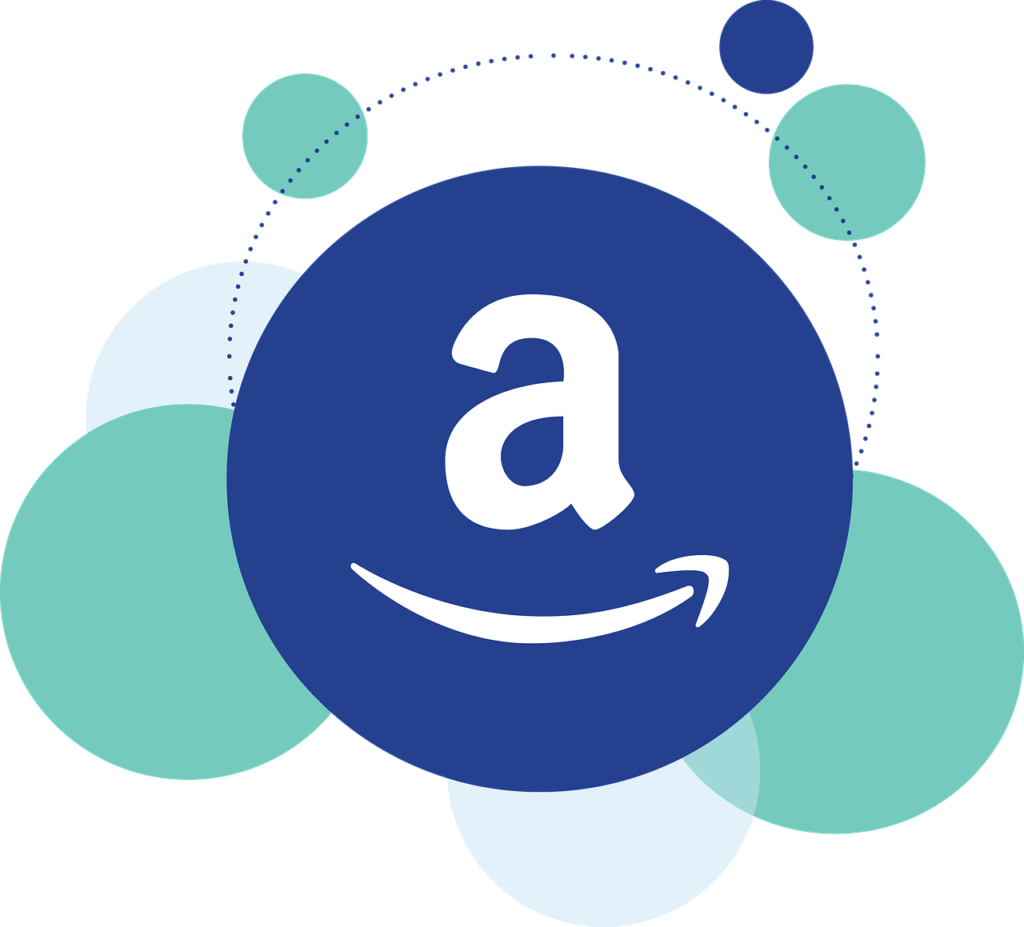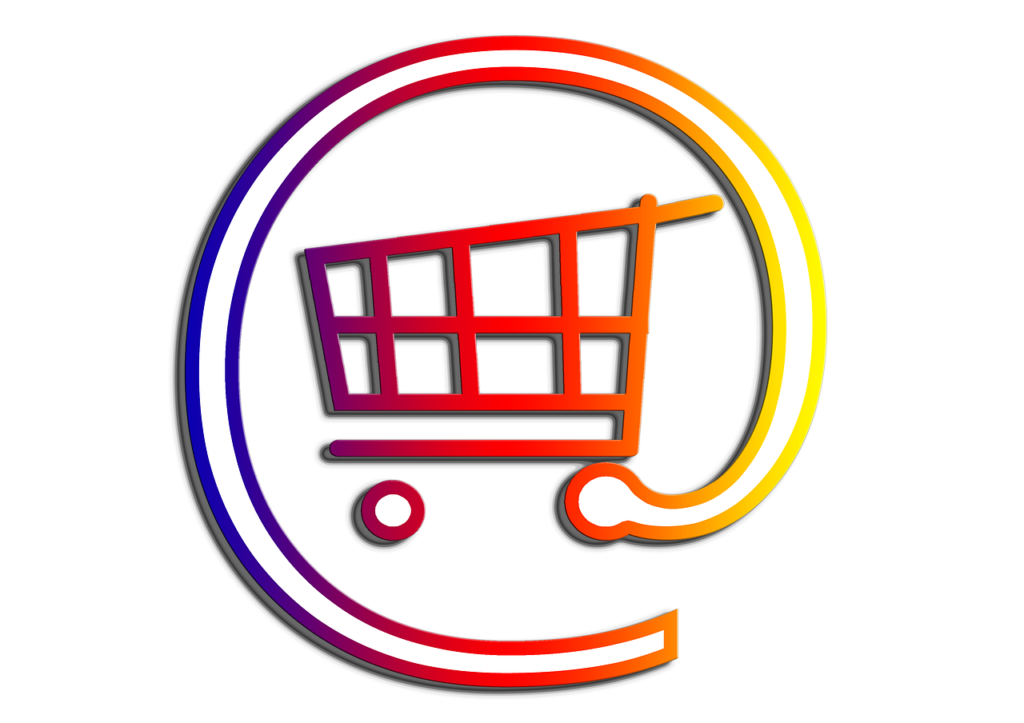What are the Benefits of Selling Private Label Products on Amazon.

Introduction The Amazon marketplace is a thriving hub for entrepreneurs aiming to establish a profitable private label business. With Amazon’s vast customer base and robust infrastructure, launching your brand has never been more accessible. However, it takes more than just uploading a product to achieve success. From finding the right product to crafting a compelling […]
How to Find Wholesale Suppliers for Amazon FBA in 2025

In the world of e-commerce, the key to success often lies in your partnerships. For Amazon sellers, wholesale suppliers play a pivotal role in determining your business’s growth and profitability. Choosing the right Amazon wholesale supplier isn’t just about finding someone to fulfill orders; it’s about forging a trusted partnership that drives long-term success. Let’s […]
Amazon FBA Branding Tips for Beginners in 2025

Introduction: Build a Standout Product and Crush the Competition Building a successful Amazon FBA business is about more than just selling a product it’s about creating a memorable brand that resonates with your audience. A strong brand not only helps you stand out in a crowded marketplace but also fosters trust and loyalty, ultimately driving […]

